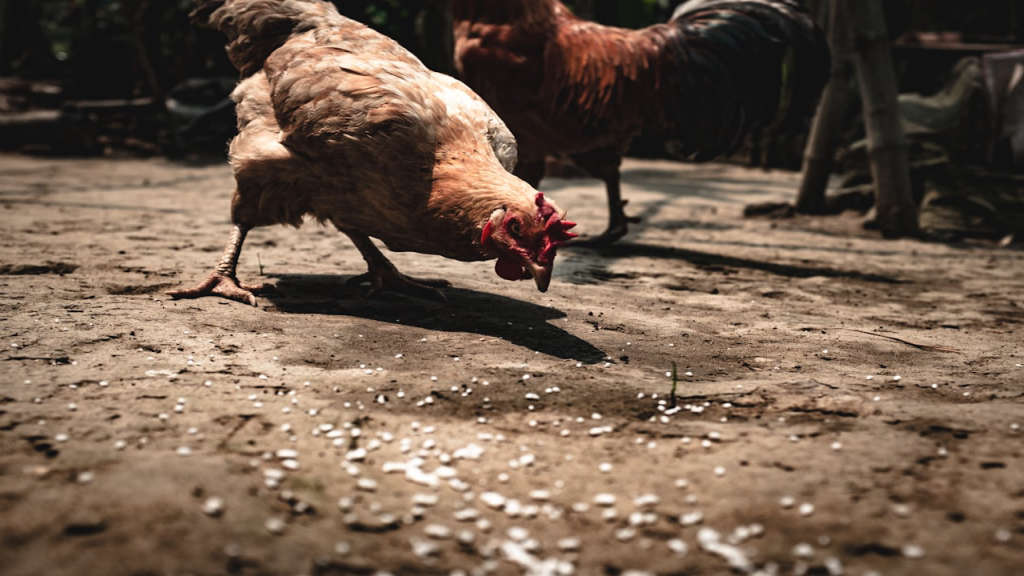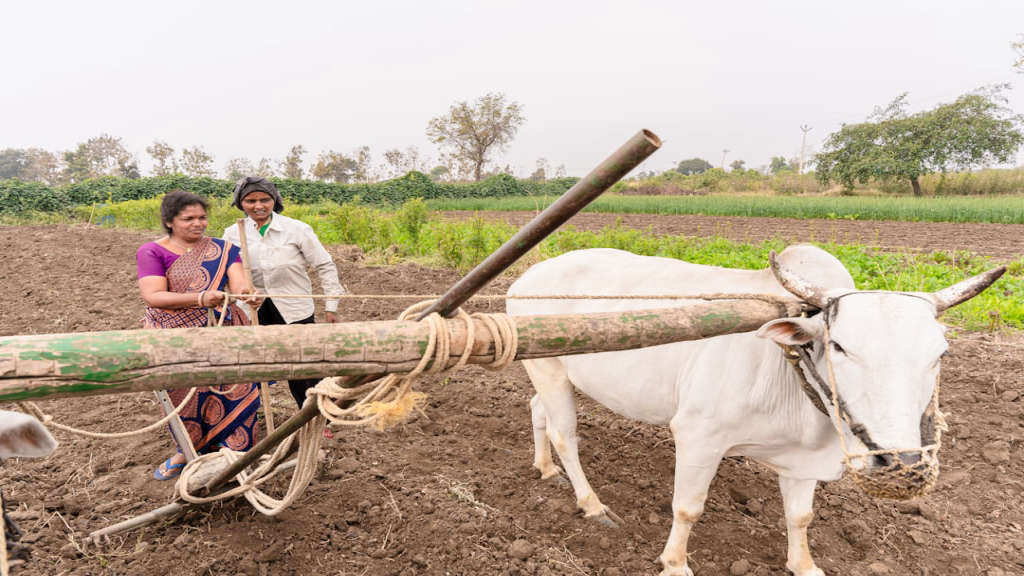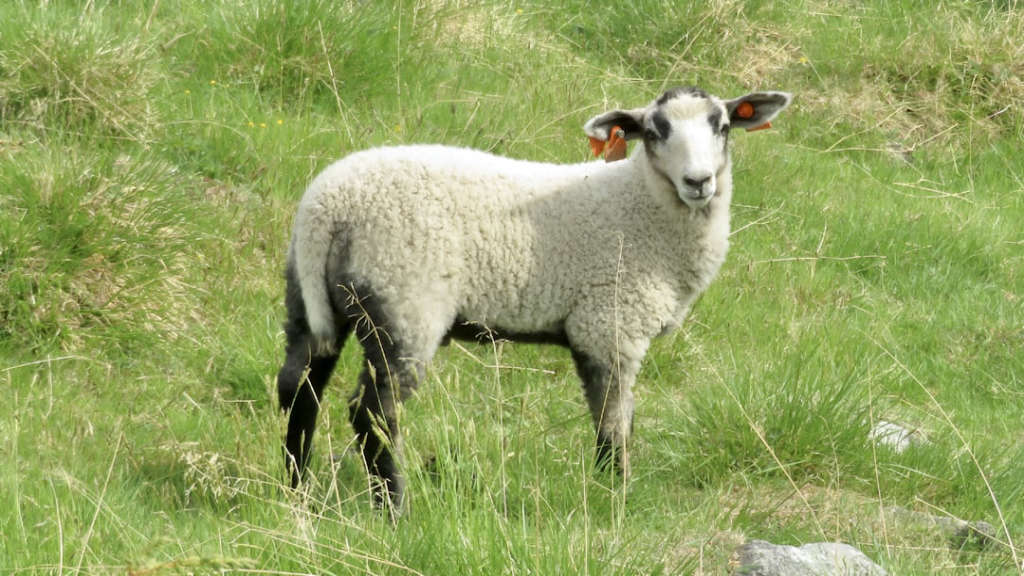In the world of modern farming, safeguarding your livestock is more crucial than ever. Many farmers understand that their animals are not just a source of income, but also a vital part of their family and lifestyle. Therefore, exploring options for livestock insurance becomes essential to protect this invaluable investment. Adequate insurance coverage can provide peace of mind, allowing farmers to focus on their daily activities without the constant worry of unforeseen events impacting their herds.
Main Points
- Understanding the importance of livestock insurance for farm stability.
- Types of coverage available for different farm animals.
- How to choose the right policy for your specific needs.
- Tips for filing claims and ensuring a smooth process.
- The long-term benefits of investing in livestock insurance.

Understanding the Types of Livestock Insurance: Protecting Your Investment
When venturing into the world of agriculture, particularly in livestock farming, understanding the various livestock insurance options is vital. This investment can represent a significant portion of your financial portfolio. Thus, safeguarding against unforeseen events is not only prudent but also essential for ensuring the sustainability of your farming enterprise.
Why Consider Livestock Insurance?
The unpredictability of nature can pose numerous challenges to farmers. Illness, accidents, or natural disasters can lead to severe losses. So, understanding the types of insurance available is crucial for protecting your investments. A comprehensive livestock insurance policy can provide peace of mind, allowing farmers to focus on their operations without constant worry of potential loss.
Types of Livestock Insurance
Here’s a closer look at the different types of livestock insurance available:
- Cash Value Insurance: This insurance typically covers the market value of the animals at the time of death. It ensures that you get compensated based on the prevailing market rates, which can be particularly beneficial in a fluctuating economy.
- Replacement Cost Insurance: Unlike cash value insurance, replacement cost policies provide funds to purchase a new animal of similar kind and quality, irrespective of market depreciation. This might be a more favorable option for those looking to maintain or expand their herds after a loss.
- Special Event Insurance: Certain policies cater to unique risks such as livestock exhibitions or sales. If your livestock is injured or dies during these events, this insurance ensures that you aren’t left out of pocket, protecting your investment during critical moments.
- Loss of Income Insurance: This type of policy covers the potential financial loss that can occur when livestock is unable to produce, such as in the case of dairy cows or breeding animals. This can be particularly valuable during times of unexpected illness or injury.
Choosing the Right Policy
Choosing the right type of livestock insurance can be a bit intricate. Each farm has unique needs and potential risks. Therefore, consider the following factors:
- Type of Livestock: Different animals come with varying levels of risk and insurance needs.
- Your Operating Scale: Larger farms may require a comprehensive approach, while smaller operations might need a more tailored solution.
- Budget Constraints: Balancing comprehensive coverage with affordability is essential.
To sum it up, understanding the diverse options available for livestock insurance is key to safeguarding your agricultural investment and ensuring your farm operates smoothly regardless of unforeseen challenges. By investing in the right policy, you can focus on what truly matters—growing your business.

Navigating the Claims Process: How to Ensure a Smooth Experience with Your Livestock Insurance Provider
Understanding the claims process with your livestock insurance provider can feel overwhelming, but it doesn’t have to be. By approaching it with clarity and organization, you can navigate the complexities without unnecessary stress. This article aims to guide you through the essential steps involved in filing a claim, ensuring that you communicate effectively, and ultimately securing the assistance you need during difficult times.
Understanding Your Policy
Before you even think about filing a claim, it’s crucial to comprehend the details of your policy. Each livestock insurance plan is unique. Take time to review the specific terms, conditions, and coverage that your policy entails. This understanding lays the groundwork for a smoother claims process, as you will be better equipped to know what is covered and what isn’t. If ambiguities arise, don’t hesitate to contact your insurance agent for clarification.
The Initial Steps for Filing a Claim
Once you’ve grasped your policy, the next step is to gather the necessary documentation. Preparation is key to a successful claims experience. Typically, the following documents will be required:
| Document Type | Description |
|---|---|
| Proof of Ownership | Documents showing you are the rightful owner of the livestock. |
| Incident Report | A detailed account of what happened, including dates and eyewitness accounts, if available. |
| Veterinary Records | Documentation of any relevant veterinary care leading up to the claim. |
As you compile these documents, ensure that all information is accurate and complete, as discrepancies can lead to delays in processing your claim.
Communication is Vital
After preparing your documents, the next step is to communicate with your livestock insurance provider. Effective communication can significantly influence the outcome of your claim. Be honest and straightforward about the situation, presenting all the facts without embellishment. This honesty builds trust between you and your provider, setting the tone for a more favorable resolution.
During this process, keep meticulous records of all conversations. Note the name of the representative you speak with, along with the date and time. This way, if questions arise later, you have a reliable source of information to refer back to. It can also strengthen your claim if any disputes occur regarding your communications.
Follow Through
Finally, remain proactive throughout the claims process. Regularly follow up to check on the status of your claim. This demonstrates your commitment and keeps your claim at the forefront of your provider’s priorities. Should any additional information be requested, respond promptly to avoid unnecessary delays.
In conclusion, navigating the claims process for your livestock insurance doesn’t have to be daunting. By understanding your policy, thoroughly preparing your documentation, maintaining clear communication, and following through diligently, you can enhance your chances of a smooth experience. Remember, the goal is to mitigate the impact of unfortunate events, and having a solid claims process in place ensures that your livestock, and consequently your livelihood, is protected.

Conclusion
In conclusion, understanding the importance of livestock insurance is crucial for anyone involved in animal farming. This type of insurance not only protects farmers from unexpected losses but also provides peace of mind during challenging times. By investing in livestock insurance, farmers can safeguard their livelihoods and ensure stability for their families. Therefore, taking the time to evaluate different policies can lead to better decisions that ultimately benefit both the animals and the farmers. Embracing this protective measure can make a significant difference in the face of unforeseen circumstances.
Frequently Asked Questions
What is livestock insurance?
Livestock insurance is a type of insurance policy that provides financial protection against the loss or damage of farm animals due to various risks such as disease, accidents, theft, or natural disasters.
What types of livestock can be insured?
Most livestock insurance policies cover a variety of animals, including cattle, sheep, goats, pigs, and poultry. Specific coverage may vary depending on the insurer.
How is the insurance premium determined?
The insurance premium for livestock is usually determined based on factors such as the type and value of the animals insured, geographical location, farming practices, and the chosen coverage options.